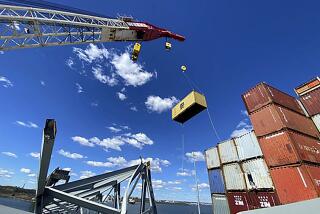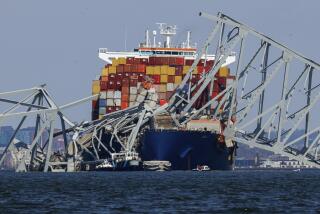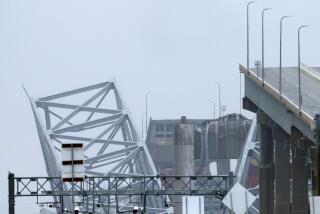19th century shipwreck rediscovered off Golden Gate
SAN FRANCISCO -- The passenger steamer was located once before in the murky depths. The year was 1890 and the City of Chester had gone down just two years prior after colliding with another ship in dense fog near the Golden Gate Bridge of today.
On Wednesday, the National Oceanic and Atmospheric Administration -- successor to the agency that made the initial find by dragging a wire across the ocean floor -- announced the wreck has been located again.
NOAA officials said they will share the story of the City of Chester through a planned waterfront exhibit at the San Francisco headquarters of the Gulf of Farallones National Marine Sanctuary.
(The office, as it happens, is located in the former U.S. life-saving service station built in 1890 in response to the City of Chester sinking.)
The history: The 202-foot long steamship had just left San Francisco and was headed up the California coast to Eureka with 90 passengers on August 22, 1888, when about 10 a.m. it was struck by the steamer Oceanic.
Impaled on Oceanic, which was arriving from Asia, the City of Chester remained afloat for six minutes before sinking. Sixteen people died in the accident. Initial reports had criticized Oceanic’s Chinese crew but that turned to praise when the crew’s bravery in rescuing many of City of Chester’s passengers came to light.
NOAA officials said Wednesday the rediscovery restores an important historical link to San Francisco’s early Chinese American community.
“Discoveries like this remind us that the waters off our shores are museums that speak to powerful events, in this case not only that tragic wreck, but to a time when racism and anger were set aside by the heroism of a crew who acted in the best traditions of the sea,” said James Delgado, director of maritime heritage for NOAA’s Office of National Marine Sanctuaries.
Delgado in May 2013 directed a crew surveying another nearby shipwreck to extend their survey to try to find the City of Chester.
After working with historic data provided by NOAA historians, the team located what appeared to be the wreck during a multi-beam sonar survey. A follow-up side-scan sonar survey nine months later confirmed the target was indeed the City of Chester, “sitting upright, shrouded in mud, 216 feet deep at the edge of a small undersea shoal,” NOAA officials said.
There are no plans to raise the wreck.
“Connecting to the history of the Chester is sad in one way, but we were also connecting to scientific history on a different level,” said NOAA team leader Laura Pagano. “Using our high-tech multi-beam echo sounder to rediscover a wreck originally found over a century ago -- by coast surveyors dragging a wire across the seafloor -- is immensely fulfilling.”
Twitter: @leeromney
More to Read
Start your day right
Sign up for Essential California for news, features and recommendations from the L.A. Times and beyond in your inbox six days a week.
You may occasionally receive promotional content from the Los Angeles Times.







